
Editor's Note: This story originally appeared on SmartAsset.com.
Whether they’ll use savings, tax refunds or credit cards, Americans are poised to spend big once again this holiday season.
According to an annual survey conducted by the National Retail Federation, consumers anticipate spending nearly $1,000 on gifts, holiday items and other non-gift purchases. Despite supply chain challenges that continue to plague the economy, the $997.73 that American adults plan to drop on the holidays this year is on par with last year’s average.
To find the best cities for holiday shopping, we compared 100 of the largest cities in the country across eight metrics in three categories: in-store shopping accessibility, online shopping accessibility and affordability. For more information on our data and how we put it together, read our data and methodology section at the end.
1. Virginia Beach, VA
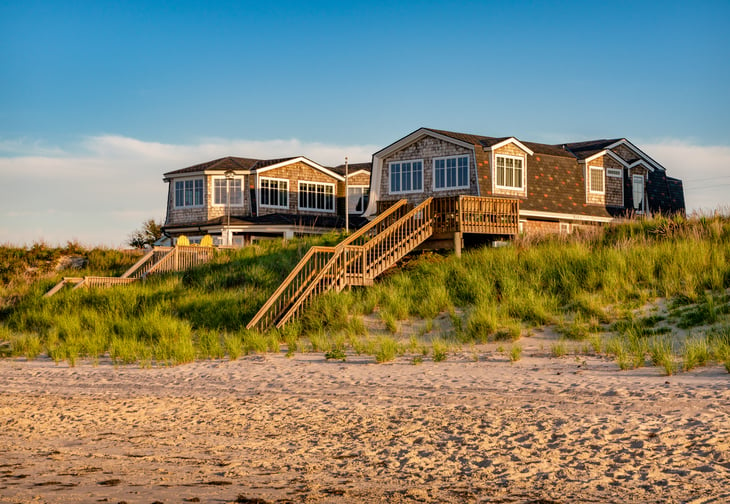
Virginia Beach, Virginia, ranks in the top 20 for six out of the eight metrics in our study, making it the top-rated city for holiday shopping.
The city of nearly 450,000 residents has the 12th-lowest property crime rate and ranks 14th for both percentage of households with internet access (92.81%) and income after housing costs ($59,054).
Virginia Beach also has the 17th-most retail shops for every 100,000 people (131.56) and ties for the 18th-best sales tax rate (6.00%). Virginia Beach also ranks 19th for the number of retail stores for every 10,000 establishments (523.15).
2. Jersey City, NJ
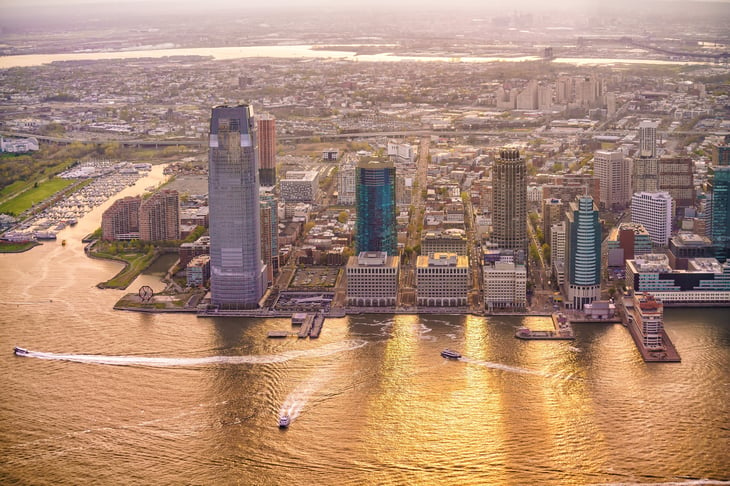
While Jersey City’s sales tax is 6.63%, shoppers in the Garden State could still save money on holiday shopping because they do not have to pay sales tax on clothing purchases.
With 8.01 cases of COVID-19 for every 100,000 residents, Jersey City has the 17th-lowest infection rate as of Oct. 25. Jersey City also has the 18th-lowest property crime rate and 18th-most mail offices for every 10,000 establishments (27.42).
3. Chesapeake, VA
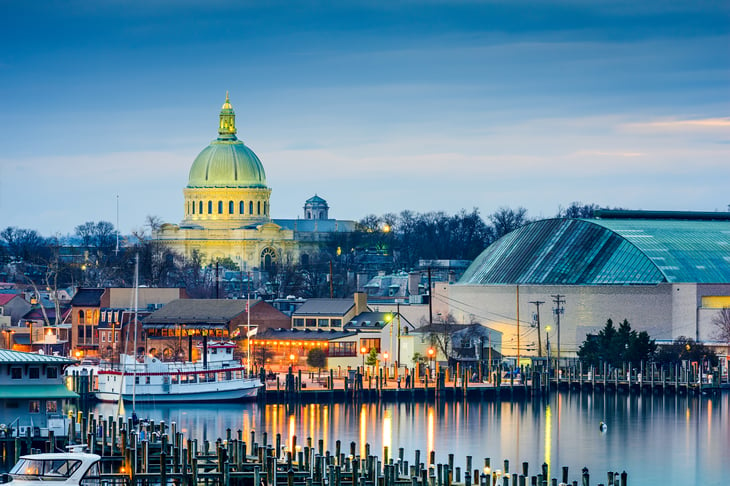
Chesapeake, Virginia, ranks strongly for its two affordability metrics. The city of almost 245,000 people has the study’s 13th-highest income after housing expenses ($61,012) and ties for the 18th-lowest sales tax rate, 6.00%.
Chesapeake also ranks 21st overall for its number of retail stores per 10,000 establishments (507.35).
4. Portland, OR
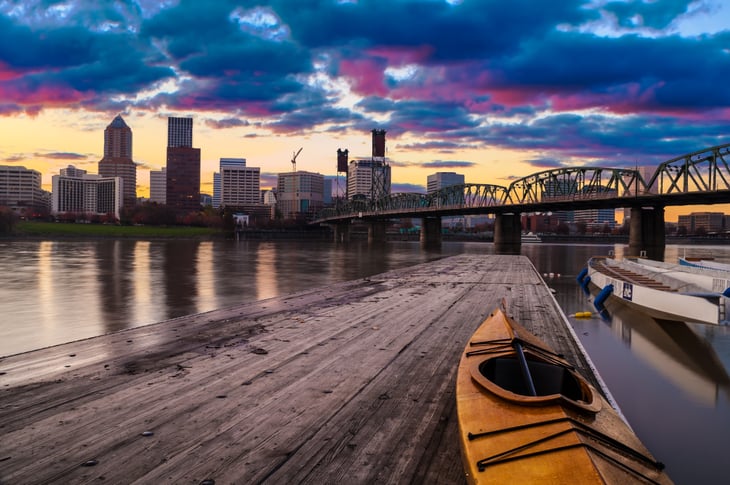
With no local or state sales tax, Portland, Oregon, is tied for No. 1 within this affordability metric.
The city also ranks seventh for its number of retail shops (148.61 for every 100,000 people) and 20th for its number of mail offices (26.99 for every 10,000 establishments). Portland also has the 20th-highest income after housing costs, $53,869.
5. Honolulu, HI
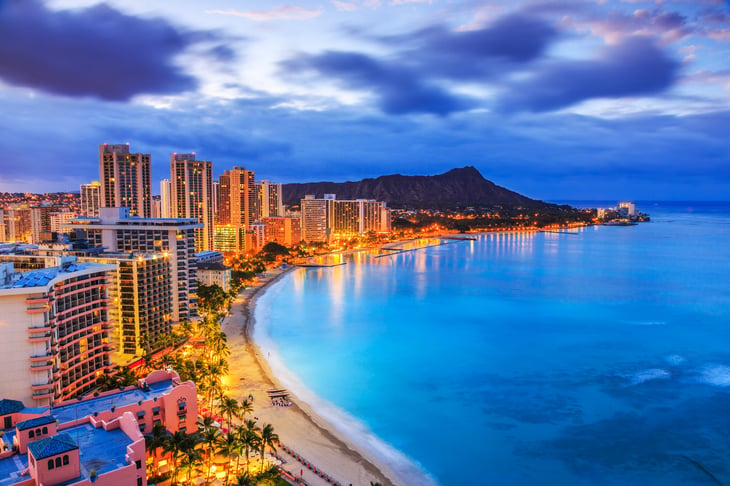
Honolulu has the second-most retail stores for every 10,000 establishments across our study (637.72).
Meanwhile, shoppers in Honolulu pay 4.50% in sales tax, the ninth-lowest out of all 100 cities. The state capital also has the 11th-most retail shops for every 100,000 residents (140.17) and the 11th-lowest COVID-19 infection rate as of Oct. 25, with 7.48 cases for every 100,000 residents.
6. Anchorage, AK
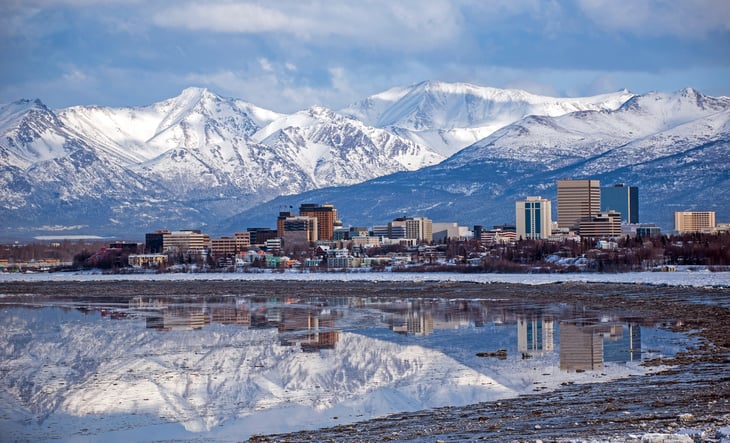
Like Portland, the city of Anchorage, Alaska, has zero sales tax, making it a good place for holiday shopping.
The city also has the fourth-most mail offices for every 10,000 establishments (31.95) and the 10th-largest income after housing costs ($66,724). Meanwhile, almost 93% of households have internet access, the 12th-highest percentage across our study.
Anchorage also has the 14th-most retail shops for every 100,000 people (132.64).
7. Henderson, NV
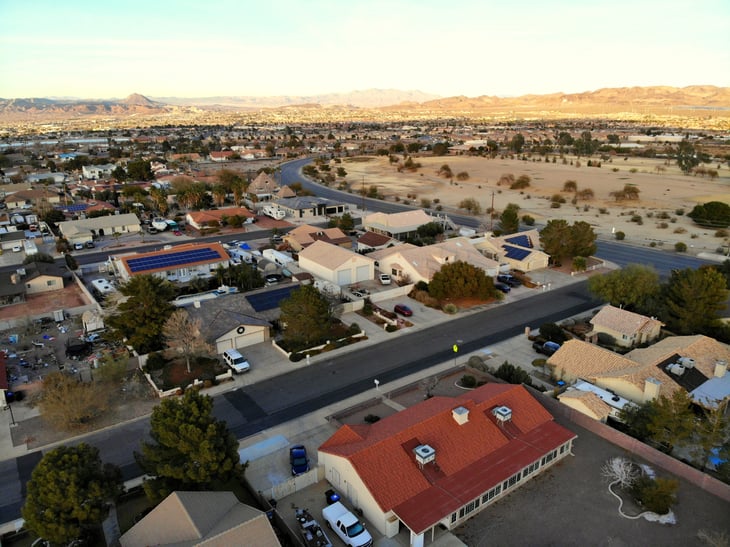
Henderson, Nevada, has 554.23 retail stores for every 10,000 establishments, the 10th-most across our study.
A city of more than 320,000 residents, Henderson has the 11th-lowest property crime rate and the 12th-most mail offices for every 10,000 establishments (28.88).
On average, residents are left with $58,175 after paying housing costs, the 16th-highest income after housing costs in our study.
8. Irvine, CA

Irvine, California, ranks highly within two specific metrics: property crime and internet access.
This Orange County city of 287,000 residents has the second-lowest property crime rate in our study and the third-highest percentage of households with internet access (95.63%).
Meanwhile, Irvine has the seventh-highest income after housing costs ($76,062) and the 12th-lowest COVID-19 infection rate as of Oct. 25 (7.72 cases for every 100,000 residents).
9. Lexington, KY
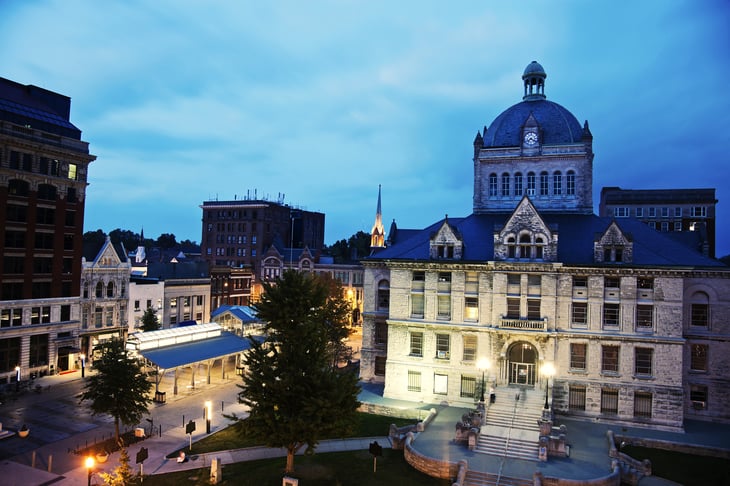
Lexington, Kentucky, ranks highly for its number of retail establishments.
The metropolitan area has the fourth-most retail shops for every 100,000 residents (154.11) and seventh-most retail stores for every 10,000 establishments (567.07). Lexington also benefits from a sales tax rate of only 6.00%.
10. Raleigh, NC
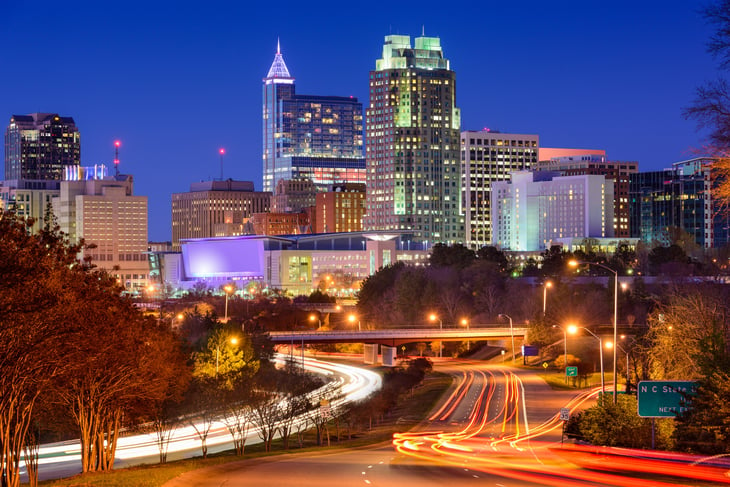
With 1,783 property crimes reported for every 100,000 residents, Raleigh, North Carolina, has the 14th-lowest property crime rate in our study.
The state capital is also 18th for internet access, as 91.94% of households are connected to the worldwide web.
Data and Methodology

To find the best cities for holiday shopping in 2021, we analyzed 100 cities across three categories of metrics:
In-Store Shopping Accessibility
- Retail stores per 10,000 establishments. Data comes from the 2019 County Business Patterns.
- Retail shops per 100,000 people. Data comes from the 2019 County Business Patterns.
- COVID-19 infection rate. This is the average number of cases per 100,000 residents. Data comes from https://github.com/nytimes/covid-19-data.
Online Shopping Accessibility
- Percentage of households with internet access. Data comes from the Census Bureau’s 2019 1-year American Community Survey.
- Property crime rate. The number of property crimes per 100,000 residents. Data comes from the FBI’s 2019 Uniform Crime Reporting Database.
- Mail offices per 10,000 establishments. This includes U.S. Postal Service offices, couriers and express delivery services, as well as private mail centers. Data comes from the 2019 County Business Patterns.
Affordability
- Sales tax rate. This is the combined state and local sales tax. Vermont, New Jersey, Minnesota and Pennsylvania all fully exempt clothing purchases from sales tax. We treated cities in these states as having a sales tax rate of half that of the actual rate. For example, in Minneapolis, the sales tax rate is 7.775% but we treated it as a 3.8875% tax rate.
- Income after housing costs. Data comes from the Census Bureau’s 2019 5-year American Community Survey.
First, we ranked each city in each metric, assigning equal weight to every metric. We then averaged the rankings across the four categories listed above. For each category, the city with the highest average ranking received a score of 100. The city with the lowest average ranking received a score of 0. We created our final ranking by calculating each city’s average score for all three categories.





Add a Comment
Our Policy: We welcome relevant and respectful comments in order to foster healthy and informative discussions. All other comments may be removed. Comments with links are automatically held for moderation.